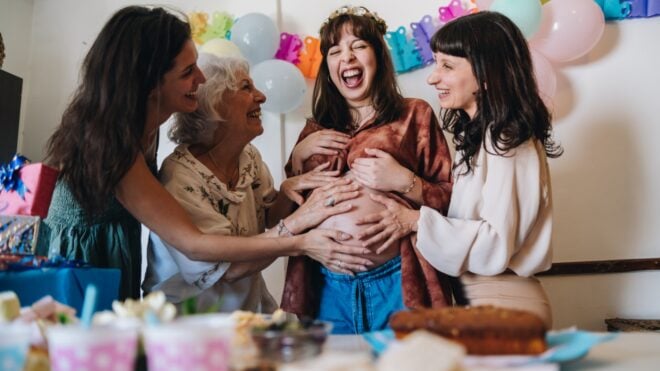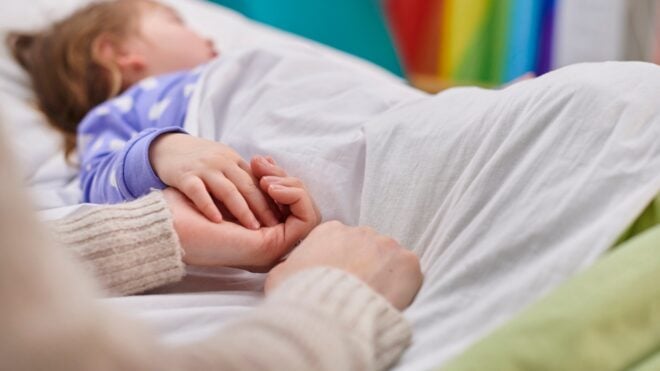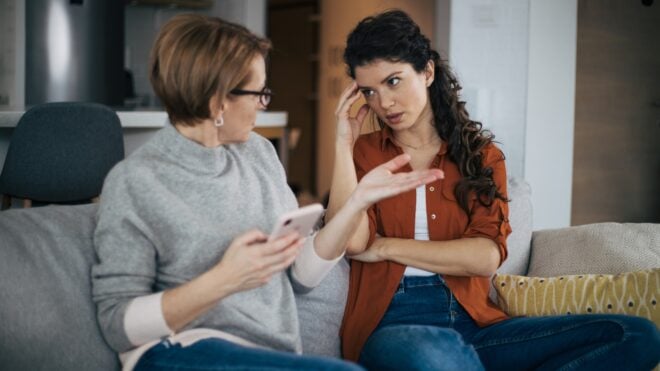Veils have been as much a part of wedding history as bridal gowns themselves. And like the gowns, they too have had their own evolution.
Dating as far back as the Dark Ages, brides wore blue veils to symbolize purity. In ancient Greece and Rome, they wore yellow or red veils to symbolize fire in an effort to deter any evil spirits.
Especially in times when marriages were arranged, the veil was used more for dramatic effect than as a style accessory. A custom that became popular during medieval times, particularly during the Crusades in Europe, was that a bride was "unveiled" to her husband—a man she had never before met—following the ceremony.
In the 19th century, wedding veils were seen as a symbol of a bride's virginity and modesty, which her husband was allowed to "lift away" once they were officially wed.
With the arrival of the white wedding dress, inspired by Queen Victoria's nuptials to Prince Albert in 1840, the veil itself began gaining clout as a style statement. Women began placing orange blossom wreaths over the veil—an accessory that Queen Victoria had also used to adorn her controversial dress.
As fashion shifted from decade to decade in the 20th century, the bridal veil followed suit, often reflecting the trend of the moment.
In the 1920s, the veil was typically attached to a Juliet headdress or cloche hat to incorporate the style aesthetic of the time.
MORE: Celebrity Wedding Photos
However, once the Depression hit and material, especially lace, was too expensive, brides traded in the dream of a billowing veil for a sensible hat. Likewise, during wartime, if a bride was adamant about having a veil, she likely would have had to craft one herself out of lace curtains. Or, she would opt for a very simple veil that would fall to her shoulders rather than to the floor, or perhaps attach it to a hat.
The short-veil trend caught on in the '50s as shorter, ankle-length dresses became all the rage. Suddenly, the focus wasn't on the veil or even the dress—it was about the shoes. But with Grace Kelly's flowing lace wedding dress and veil along with Jacqueline Kennedy's full-length veil, many brides retreated back to the traditional.
In the 1960s, pillbox hats with bouffant veils were the "it" bridal look. That, or veils attached to metallic head pieces—a trend influenced by the era's Space Age.
As for the 1970s, brides' gowns and veils varied substantially—from hippie flower crowns to full-length veils to short bouffant ones. The '80s then saw a resurgence in cascading, mammoth veils that, at times, commanded more attention than the dress, as inspired by Princess Diana's 24-foot veil.
While long veils are still very much commonplace today (such as Kate Middleton's 72-inch ivory silk veil in 2011), there's been some backlash against veils, too. Whether they consider them to be old-fashioned or unflattering, brides sometimes opt to swap the veil for flowers in their hair, jeweled headpieces or even vintage birdcage veils with thin netting in lieu of the gossamer.




